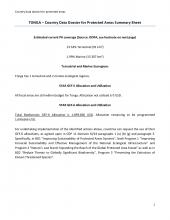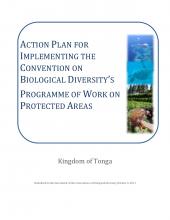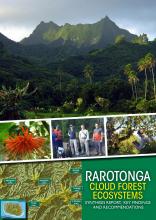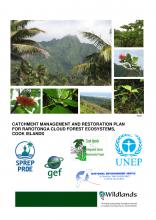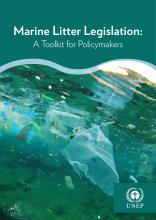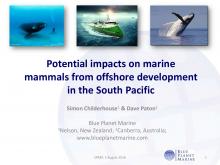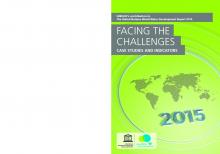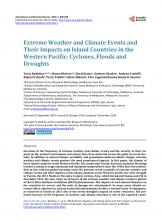Extreme weather and climate events and their impacts on island countries in the Western Pacific: cyclones, floods and droughts


Climate Change Resilience, Island and Ocean Ecosystems
Available Online
Atalifo, Terry
,
Bipen, Prakash
,
Charles, Andrew
,
Cottrill, Andrew
,
Jones, David
,
Kuleshov, Yuriy
,
McGree, Simon
,
Nihmei, Salesa
,
Seuseu, Fata Lagomauitumua Sunny K.
2014
Increases in the frequency of extreme weather and climate events and the severity of their impacts on the natural environment and society have been observed across the globe in recent decades. In addition to natural climate variability and greenhouse-induced climate change, extreme weather and climate events produce the most pronounced impacts. In this paper, the climate of three island countries in the Western Pacific: Fiji, Samoa and Tuvalu, has been analysed. Warming trends in annual average maximum and minimum temperatures since the 1950s have been identified, in line with the global warming trend. We present recent examples of extreme weather and climate events and their impacts on the island countries in the Western Pacific: the 2011 drought in Tuvalu, the 2012 floods in Fiji and a tropical cyclone, Evan, which devastated Samoa and Fiji in December 2012. We also relate occurrences of the extreme weather and climate events to phases of the El Niño-Southern Oscillation (ENSO) phenomenon. The impacts of such natural disasters on the countries are severe and the costs of damage are astronomical. In some cases, climate extremes affect countries to such an extent that governments declare a national state of emergency, as occurred in Tuvalu in 2011 due to the severe droughts impact on water resources. The projected increase in the frequency of weather and climate extremes is one of the expected consequences of the observed increase in anthropogenic greenhouse gas concentration and will likely have even stronger negative impacts on the natural environment and society in the future. This should be taken into consideration by authorities of Pacific Island Countries and aid donors when developing strategies to adapt to the increasing risk of climate extremes. Here we demonstrate that the modern science of seasonal climate prediction is well developed, with current dynamical climate models being able to provide skilful predictions of regional rainfall two-three months in advance. The dynamic climate model-based forecast products are now disseminated to the National Meteorological Services of 15 island countries in the Western Pacific through a range of web-based information tools. We conclude with confidence that seasonal climate prediction is an effective solution at the regional level to provide governments and local communities of island nations in the Western Pacific with valuable assistance for informed decision making for adaptation to climate variability and change.
